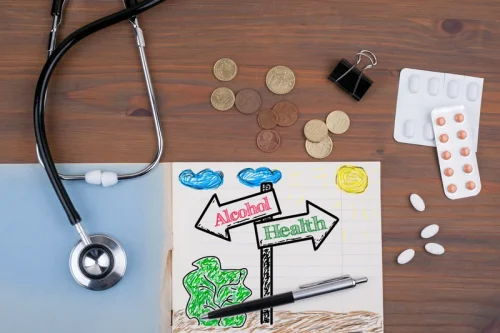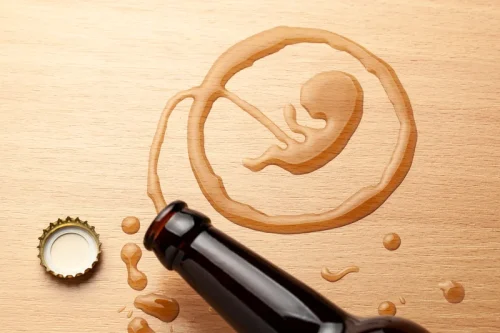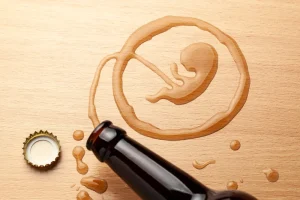How to Wean Off Alcohol & Safely Taper Drinking

You need to make your own schedule and determine what’s best for you. If you try a slower taper, you risk dragging it out too long and decreasing your chances of quitting. If you https://ecosoberhouse.com/ do it too fast, you increase your chance of severe withdrawal.

Recovery During the Holidays
By substituting alcoholic drinks for non-alcoholic drinks, you can still engage in most of your habit without getting the alcohol that makes it addictive. This can taper how to wean yourself off alcohol you off alcohol while still helping you keep up with your normal drinking routine, making the process easier. Figuring out where to start your alcohol taper schedule can be challenging. Counting each drink you consume may seem simple, but all drinks are not created equal.
Mental Health Resources

Alcohol withdrawal occurs when neurotransmitters that combat the effects of alcohol on the nervous system suddenly have nothing to counteract them. Essentially, when an individual drinks, the brain amplifies certain activities to counterbalance the depressive effect alcohol has on it. When that numbing sensation disappears entirely, the brain is left dangerously overstimulated. Insomnia, anxiety and paranoia — the opposite effects of alcohol — are the expected results. Thus, a user will likely seek out alcohol again to rid themselves of the uncomfortable withdrawal symptoms.
Can People Truly Say This Cures Heroin Addiction?
If it’s safe for you to quit cold turkey, you may find that cutting alcohol out entirely from the start helps you clearly uphold your boundaries. Or, you may find that quitting all at once is too drastic and decide to start by practicing harm reduction. A popular way to taper off alcohol is to gradually reduce the number of drinks you consume over a period of time. For example, if you normally drink 6 glasses of wine each night, you can try reducing that to 5 glasses of wine a night. After several days of 5 glasses of wine, you can reduce that down to 4.
- A sample taper schedule involves calculating the number of drinks consumed per day.
- Alcohol impacts our sleep, relationships, weight, risk for serious chronic conditions and more.
- A therapist will work with you to create a personalized plan for cutting back and provide ongoing guidance and accountability.
- Dr. Streem suggests starting with the World Health Organization’s Alcohol Use Disorders Identification Test (AUDIT).
- With these things in mind, it’s important to weigh the pros and cons of tapering your alcohol use to make a fully informed decision.
- People attempting to quit may turn to drinking again to prevent withdrawal symptoms.
Community-Based Prevention Programs Reduce Likelihood of Teen Prescription Abuse
Alcohol proof is the amount of alcohol found in distilled spirits or liquor. Smaller drinks with a higher percentage of alcohol are drug addiction treatment stronger than the same size drink containing a lower-proof liquor. Find an accountability partner or someone you can call to keep you on track when you want to drink. Build a network of people you can go to when you need help, join a support group or see a therapist.
- Although most people who go through alcohol withdrawal make a full recovery, symptoms such as sleep changes, rapid mood changes, and fatigue may last for months.
- Read on to learn how to wean off alcohol, whether alcohol withdrawal can kill you, and other common questions about quitting drinking.
- Every person has unique needs, and tapering off may not be an adequate solution to reduce or stop drinking.
- Discover « I loved getting high – why did I change? » and explore the journey from addiction to recovery.
- If you notice yourself going through severe withdrawal in the beginning, slow down.
- MAT should always be administered under the supervision of a healthcare professional who can prescribe the appropriate medication and monitor its effectiveness.
- Reach out to your physician or other healthcare provider to discuss your desire to reduce or eliminate alcohol.
